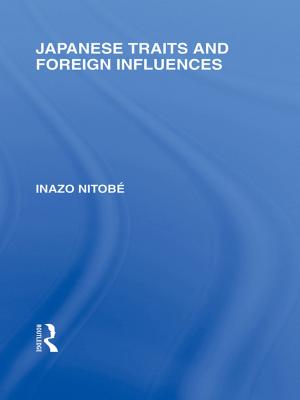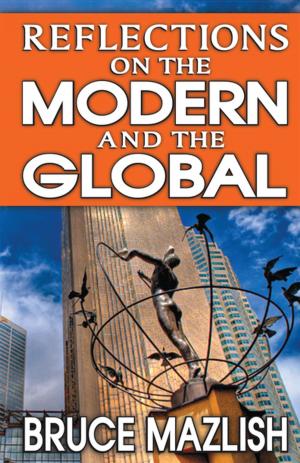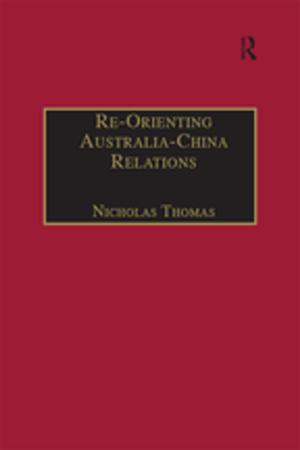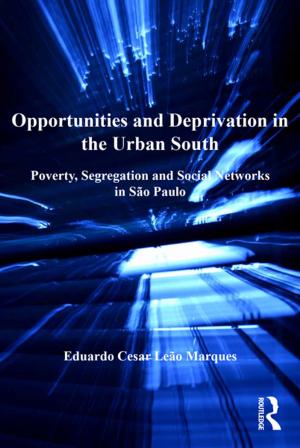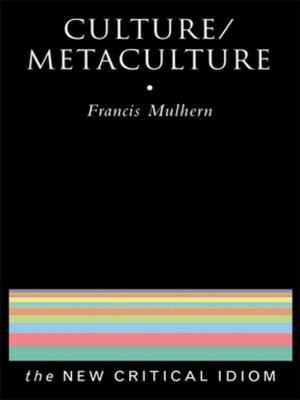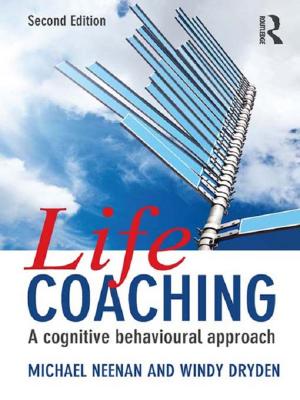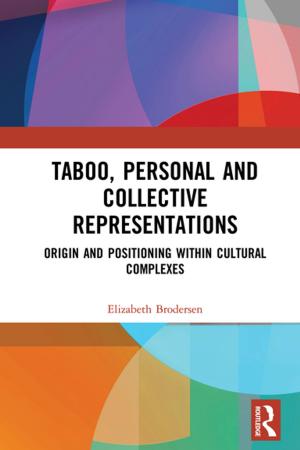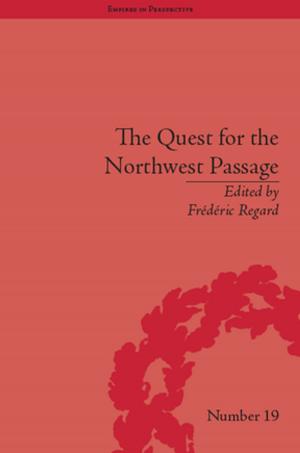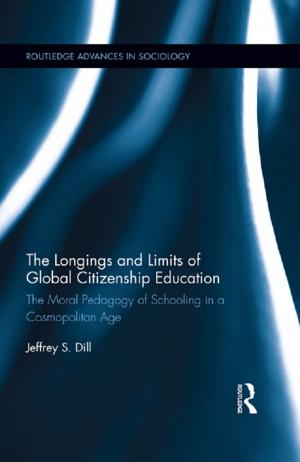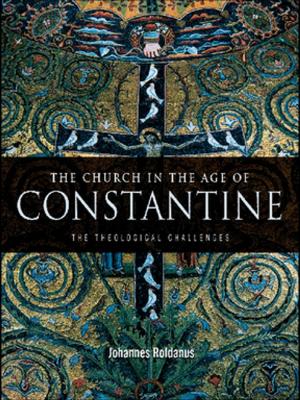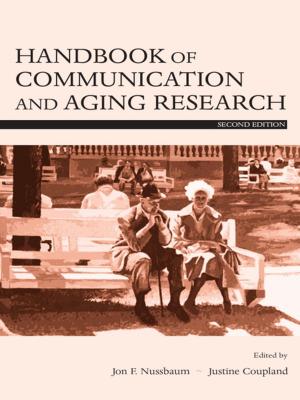The Narrative Arts of Tianjin: Between Music and Language
Nonfiction, Entertainment, Music, Theory & Criticism, Ethnomusicology| Author: | Francesca R. Sborgi Lawson | ISBN: | 9781351885317 |
| Publisher: | Taylor and Francis | Publication: | December 5, 2016 |
| Imprint: | Routledge | Language: | English |
| Author: | Francesca R. Sborgi Lawson |
| ISBN: | 9781351885317 |
| Publisher: | Taylor and Francis |
| Publication: | December 5, 2016 |
| Imprint: | Routledge |
| Language: | English |
In studying one of the world's oldest and most enduring musical cultures, academics have consistently missed one of the richest forms of Chinese cultural expression: performed narratives. Francesca R. Sborgi Lawson explores the relationships between language and music in the performance of four narrative genres in the city of Tianjin, China, based upon original field research conducted in the People's Republic of China in the mid 1980s and in 1991. The author emphasizes the unique nature of oral performances in China: these genres are both musical and literary and yet are considered to be neither music nor literature. Lawson employs extensive examples of the complex interaction of music and language in each genre, all the while relating those analyses to broader cultural issues and to patterns of social relationships. The narrative arts known as shuochang (speaking-singing) are depicted as genres that constitute a unique communicative discourse”the communication of stories in song. The genres subsumed under the native conception of shuochang include Tianjin Popular Tunes, Beijing Drumsong, Clappertales and Comic Routines. The maximum utilization of shuo (speaking) and chang (singing) in all their varying manifestations constitutes the vitality of the traditional narrative arts in the city of Tianjin”the center for these arts in North China. The variety of narrative forms provides entertainment for audiences representing all social strata of Chinese society. The author argues that Chinese narrative traditions represent a foundation from which certain Chinese literary and operatic traditions have borrowed, such as how the novels from the Ming-Qing period draw on the performed narrative arts both in style and in content. Hence, an understanding of performed narratives is not only useful to scholars in Chinese literature and music, but also to scholars interested in broadening their understanding of China generally.
In studying one of the world's oldest and most enduring musical cultures, academics have consistently missed one of the richest forms of Chinese cultural expression: performed narratives. Francesca R. Sborgi Lawson explores the relationships between language and music in the performance of four narrative genres in the city of Tianjin, China, based upon original field research conducted in the People's Republic of China in the mid 1980s and in 1991. The author emphasizes the unique nature of oral performances in China: these genres are both musical and literary and yet are considered to be neither music nor literature. Lawson employs extensive examples of the complex interaction of music and language in each genre, all the while relating those analyses to broader cultural issues and to patterns of social relationships. The narrative arts known as shuochang (speaking-singing) are depicted as genres that constitute a unique communicative discourse”the communication of stories in song. The genres subsumed under the native conception of shuochang include Tianjin Popular Tunes, Beijing Drumsong, Clappertales and Comic Routines. The maximum utilization of shuo (speaking) and chang (singing) in all their varying manifestations constitutes the vitality of the traditional narrative arts in the city of Tianjin”the center for these arts in North China. The variety of narrative forms provides entertainment for audiences representing all social strata of Chinese society. The author argues that Chinese narrative traditions represent a foundation from which certain Chinese literary and operatic traditions have borrowed, such as how the novels from the Ming-Qing period draw on the performed narrative arts both in style and in content. Hence, an understanding of performed narratives is not only useful to scholars in Chinese literature and music, but also to scholars interested in broadening their understanding of China generally.

